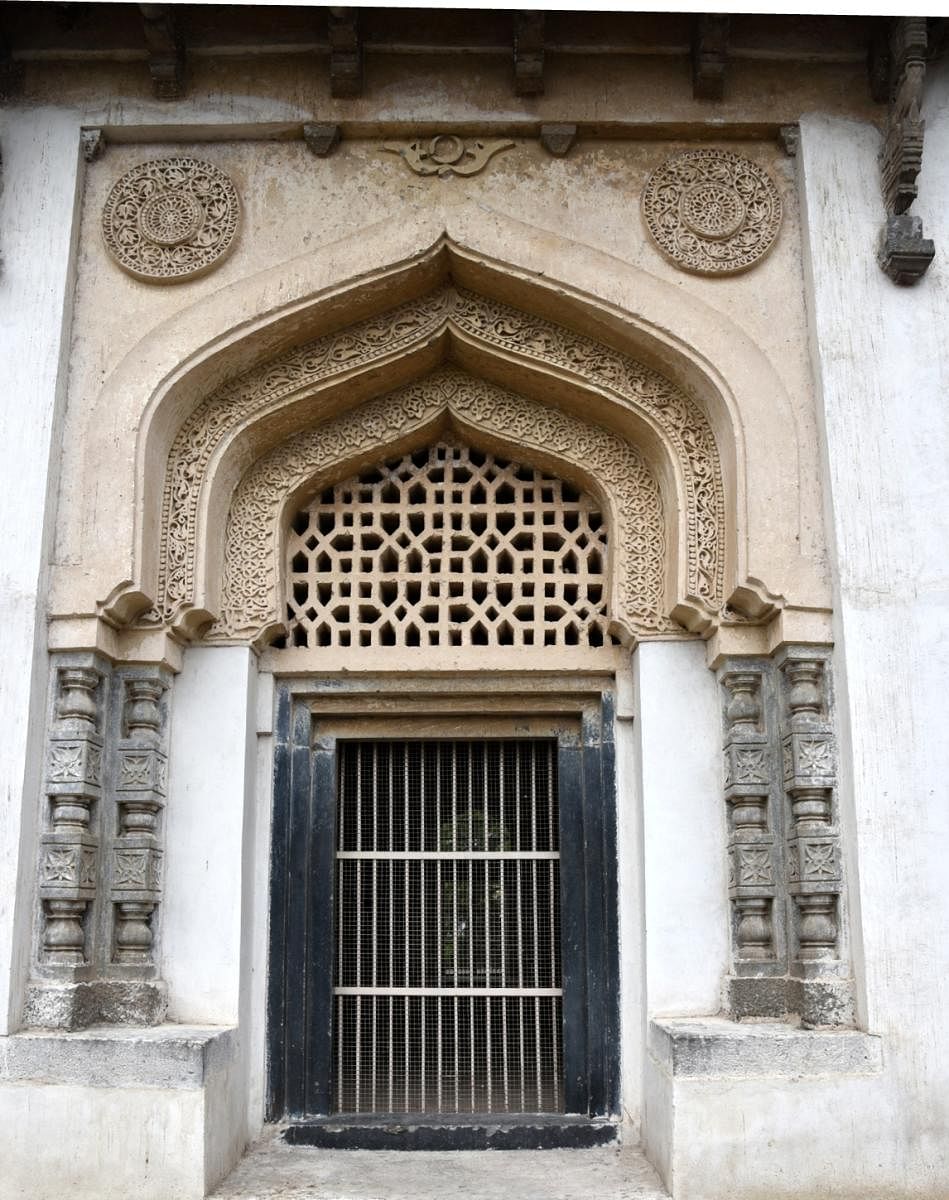

Kalaburagi is a place that housed several Sufi saints who lived to build communal harmony and teach humanity. The region was home to the 12th-century social reformer Basavanna, the 14th-century Sufi Khwaja Bandanawaz Gesudaraz and the 19th-century saint Sharana Basaveshwara.
For the first time, a mega event celebrating the region — the Kalyana Karnataka Utsav, is been organised by the Government of Karnataka. It will be held at the Gulbarga University campus on February 24, 25 and 26.
Seven districts including Bidar, Raichur, Yadgir, Koppal, Kalaburagi, Vijayanagara and Ballari are participating in the grand festival to celebrate their rich cultural heritage. Several tableaus will be on display to showcase the culture of the region.
The theme is focused on educational development and heritage. In preparation for the festival, various walls in Kalaburagi city have been painted with different themes.
Also Read | The sacred ponds of Shivagange
Kalyana Karnataka, formerly known as Hyderabad-Karnataka, has several ancient monuments built by different rulers. The region, which was ruled by the Mauryas, Rashtrakutas, Chalukyas, Bahmanis and the Nizams, still holds many rich cultural heritage and wonders.
Take a tour
Those attending the Kalyana Karnataka Utsav should not miss out on touring Kalaburagi city and its surroundings. While taking a tour of the city, you should visit the Bahmani fort which consists of a large Jama Masjid and one of the world’s longest cannons. Apart from this, there is the Shor Gumbaz, which inspired the well-known Gol Gumbaz. Another significant site to visit is the Haft Gumbaz, where the Bahmani kings are buried.
This complex consists of seven tombs of Bahmani sultans. The tombs are known for their beautiful Indo-Islamic architecture, decorated with stucco-work (plaster-cut) designs. The tomb of Firoz Shah Bahmani is particularly well-known for its ornamentation with stucco-work and black stone carvings on the doors and windows.
Apart from this, there is the Sufi tomb of Mohammad Sheikh Sirajuddin Junnedi, which has tall minarets built in black stone. The other tomb of Syed Muhammad al Hussaini — popularly known as the Khwaja Bandanawaz Gesudaraz — and that of Syed Khubulullah Hussaini are the major attractions.
The Syed Khubulullah Hussaini dargah complex is flooded with multiple artefacts. It has huge wall paintings inside the tomb and a ceiling with glasswork. The dargah monuments are inspired by Bahmani and Adil Shahi architecture. There is also a small tomb of Mughal Emperor Aurangzeb’s daughter carved with white marble.
The palaces of the last two Nizams, Mir Mahbub Ali Khan and his son Mir Osman Ali Khan are also located in the heart of Kalaburagi city. These palaces have a high influence of the Gothic style of structures with the addition of the architectural style of local Patel homes.
On the south-western side of the fort, there is a temple of Sharana Basaveshwara built in black local stone. The platform of the temple has intricate floral designs.
On the outskirts
Kanaganahalli, Malkhed and Kalagi are the best places to see the early monuments. Within a two hour-drive is Kanaganahalli where the remains of a massive stupa were found. Many structures of significance in Buddhism were brought to light here during an excavation in the 1990s.
Moving to Malkhed, one can enjoy the former capital of the Rashtrakutas. There is a fort built in Shahabad stone slabs. The fort entrance is constructed in Indo-Islamic style and the inner part houses a temple, a mosque and a palace.
About 40 kilometres from Kalaburagi is Kalagi, known as a temple town. This town has many temples constructed in the Chalukyan style.
The town is known for its rare Shivalingas, which are displayed at the Neelakantha Kaleshwara temple. The Kaleshwara temple has unique images of about 12 apsaras on its outer surface. These sculptures have graceful and rhythmic standing poses.